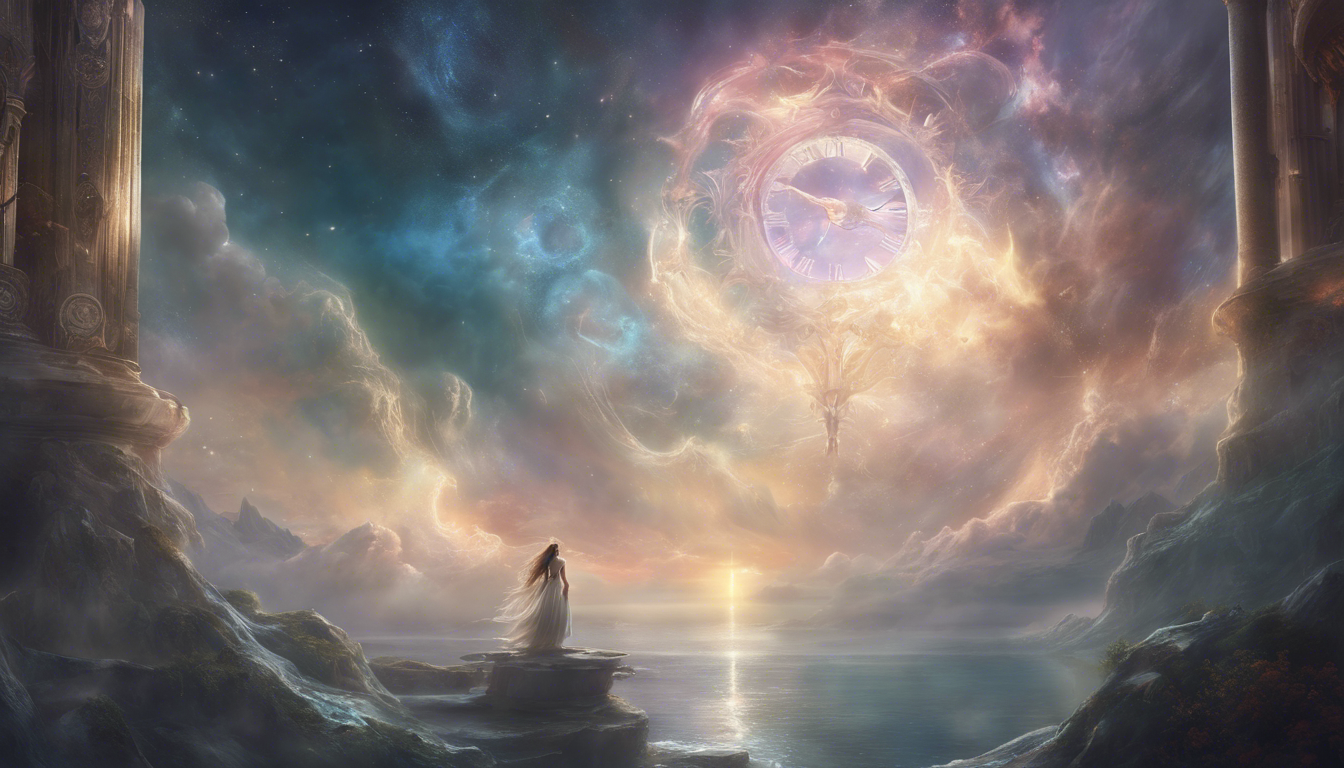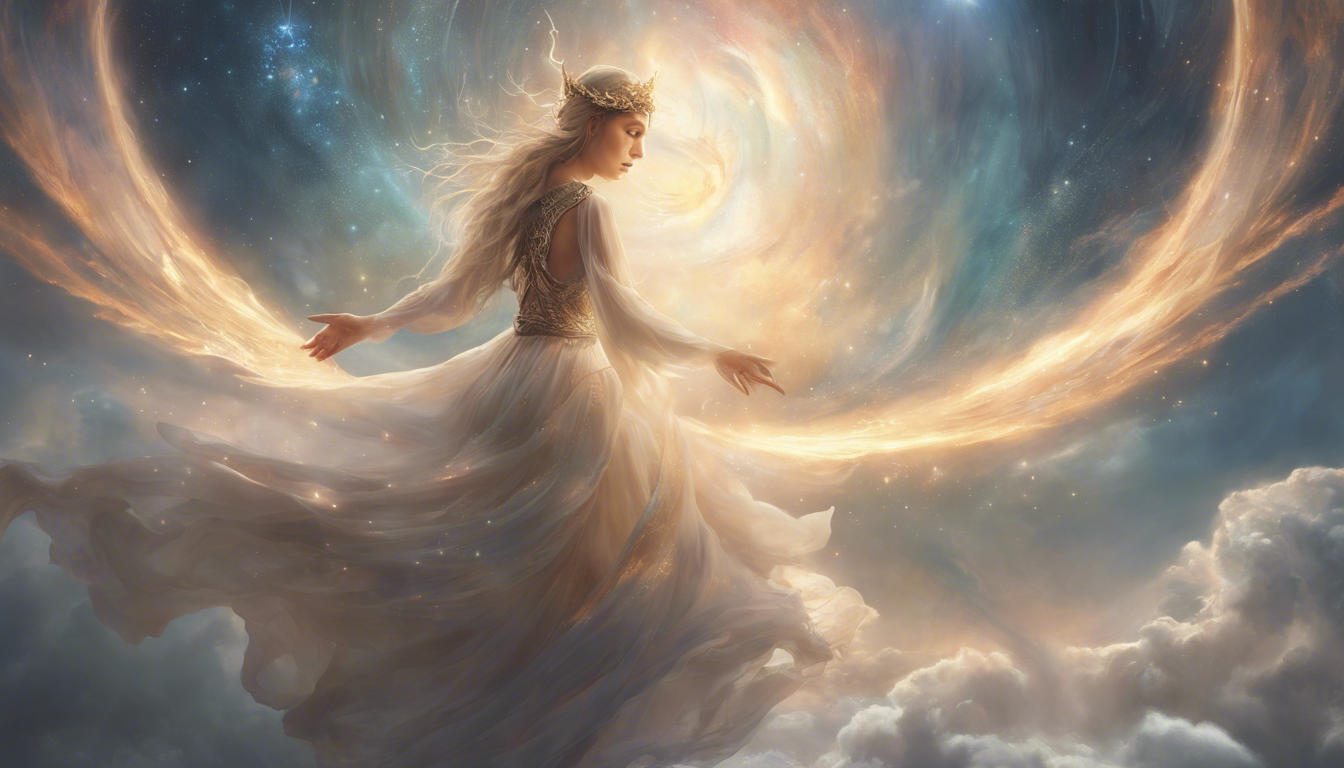The Significance of Time Symbolism
Understanding Time Symbolism
Time symbolism plays a crucial role in various aspects of human life, art, culture, and spirituality. It represents the cyclical nature of life, the impermanence of existence, and the continuous flow of moments.
Time Symbols in Different Cultures
In different cultures and traditions, time symbols hold diverse meanings and interpretations. For example, in ancient Egyptian culture, the sun symbolized the cycle of life, death, and rebirth. In Hinduism, the concept of “kala” represents time as a destructive force. These symbols enrich our understanding of the complexity of time.
The Symbolism of Clocks and Watches
Clocks and watches are prevalent symbols of time in modern society. They serve as reminders of the passage of time, urging us to make the most of every moment. The ticking of a clock or the movement of a watch’s hands symbolizes the inevitable march of time.
Time Symbolism in Art and Literature
In art and literature, time symbolism is often used to evoke deep emotions and contemplation. Artists and writers use symbols such as hourglasses, sundials, or calendars to convey themes of mortality, nostalgia, or the passage of time.
The Spiritual Significance of Time
In spirituality, time symbolism holds profound meaning. It reminds us of the eternal present moment, the interconnectedness of all beings, and the impermanence of material existence. Time symbols can serve as powerful tools for meditation and introspection.
Embracing Time Symbolism in Daily Life
By embracing time symbolism in our daily lives, we can cultivate a deeper appreciation for the present moment and a greater understanding of the interconnectedness of all things. Whether through mindful practices, artistic expressions, or spiritual rituals, exploring time symbolism can enrich our existence.
Exploring Cultural Perspectives on Time Symbols

The Significance of Time Symbols in Different Cultures
In various cultures around the world, time is not just a measurement but a deeply symbolic concept that reflects beliefs, values, and societal norms. From ancient civilizations to modern societies, time symbols hold significant meaning and influence daily practices. Let’s delve into the diverse cultural perspectives on time symbols.
Eastern Concepts of Time Symbols
In Eastern cultures, time is often viewed as cyclical rather than linear. The concept of yin and yang in Chinese philosophy represents the eternal cycle of time, where opposites complement each other in a continuous flow. In Hinduism, the concept of karma and reincarnation emphasizes the cyclic nature of time and the interconnectedness of past, present, and future.
Western Views on Time Symbols
In contrast, Western cultures typically perceive time as linear and finite. The linear progression from past to present to future shapes the Western understanding of time symbols. For example, the Christian belief in judgment day and the afterlife reinforces the idea of time as a unidirectional continuum with a definitive end point.
Native American Time Symbols
Native American cultures often view time as circular, reflecting the cyclical patterns of nature and the interconnectedness of all living beings. The Medicine Wheel, a sacred symbol used by many Native American tribes, represents the cycles of life, seasons, and spiritual growth. Time symbols in Indigenous cultures emphasize harmony with the natural world and respect for ancestral wisdom.
Time Symbols in African Traditions
In African traditions, time symbols are deeply rooted in oral histories, rituals, and cultural practices. The concept of “Sankofa” from Ghanaian culture symbolizes the importance of learning from the past to shape the future. Time symbols in African traditions often revolve around community gatherings, storytelling, and honoring ancestors through ceremonies and rites of passage.
Exploring cultural perspectives on time symbols reveals the rich tapestry of beliefs and values that shape how different societies perceive and interact with time. Whether cyclical, linear, or circular, time symbols serve as powerful reminders of our place in the universe and the interconnectedness of past, present, and future. Embracing diverse cultural perspectives on time symbols can deepen our understanding of human history, spirituality, and interconnectedness with the world around us.
By Dera, specializing in Spirituality.
The Psychological Impact of Time Symbols

Understanding the Significance of Time Symbols
In our daily lives, we are constantly surrounded by various time symbols that hold deep psychological significance. From clocks and calendars to sunrise and sunset, these symbols not only help us organize our lives but also influence our thoughts and emotions.
The Influence of Time Symbols on Perception
The way we perceive time can greatly affect our mental well-being. Brands often use time-related symbols in their marketing to evoke specific emotions or create a sense of urgency. For example, a countdown clock can create a feeling of excitement or anxiety, depending on the context.
Emotional Impact of Time Symbols
Time symbols can trigger a range of emotions, from nostalgia to fear. A simple ticking clock can create a sense of urgency or remind us of deadlines, leading to stress or motivation. Research has shown that our perception of time can influence our mood and behavior.
Using Time Symbols for Personal Growth
Awareness of time symbols can be used as a tool for personal growth and spiritual development. Practicing mindfulness and being present in the moment can help us appreciate the passage of time and live more fulfilling lives.
Time symbols play a significant role in shaping our thoughts, emotions, and behaviors. By understanding their impact on our psyche, we can harness the power of these symbols to lead more meaningful and fulfilling lives.
Interpreting Time Symbols in Art and Literature

Time symbols have been a recurring motif in various forms of artistic expression throughout history. Artists and writers often use these symbols to convey complex concepts related to time, eternity, mortality, or the passage of time. In this article, we will explore how time symbols are interpreted in art and literature, delving into their meanings and significance.
The Hourglass
The hourglass is a classic time symbol that represents the passage of time, mortality, and the inevitability of death. In art, the hourglass is often depicted as a reminder of the fleeting nature of life and the need to make the most of the time we have. In literature, the hourglass can symbolize the running out of time or the inevitability of fate.
The Clock
A clock is another common time symbol found in both art and literature. Clocks can symbolize order, routine, and the cyclical nature of time. In art, a clock can be used to create a sense of urgency or to mark a specific moment in time. In literature, clocks can represent the passage of time and the inevitability of change.
The Sundial
The sundial is a symbolic timepiece that often signifies the connection between humans and the natural world. In art, sundials can evoke a sense of nostalgia for simpler times or a desire to return to a more natural way of life. In literature, sundials can represent the passing of seasons or the changing of eras.
In Conclusion
Interpreting time symbols in art and literature requires a keen understanding of their historical and cultural contexts. By delving into the meanings behind these symbols, we can gain a deeper appreciation for the ways in which artists and writers use them to convey complex ideas about time, existence, and the human condition.


Article written by Dera
Greetings, I am Dera, a 35-year-old individual with a deep passion for spirituality. Through my website, I aim to share my insights and knowledge to help others on their spiritual journey. Join me on the path to inner peace and enlightenment.